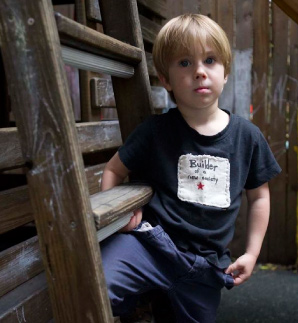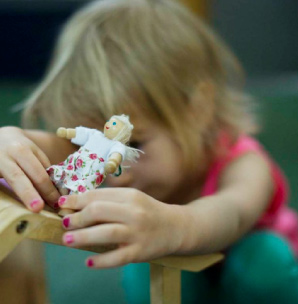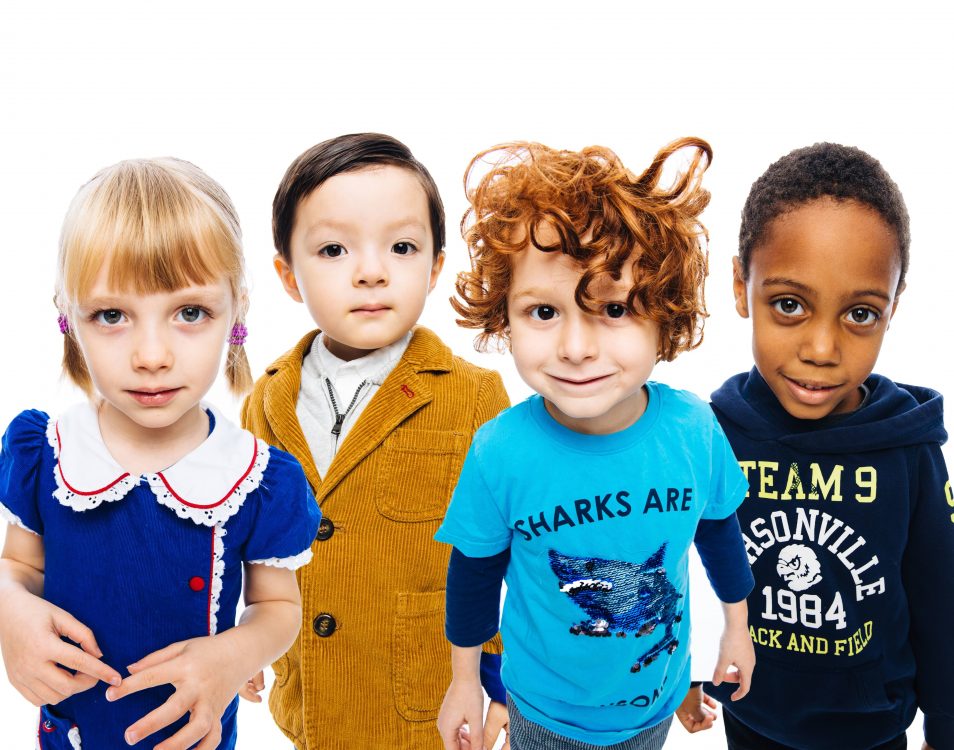SINCE NURSERY SCHOOL IS THE CHILD’S FIRST EXPERIENCE OF BELONGING TO A LARGER GROUP, WE FEEL THIS EXPERIENCE SHOULD BE A POSITIVE ONE.


We think of children as individuals with a full range of emotions. While we do have consistency, rules, boundaries, we first and foremost want to respect a child’s autonomy. This means no forcing, no punishment, no micro-managing a child’s behavior. We respect a child’s likes and dislikes, choices and decisions. We encourage them to take chances, to go beyond their fears, to trust their innate instincts and creativity.
We value the child’s agenda. While we have valuable experience and knowledge, we want to know what the child wants to know. We want children to reach the standards that are appropriate for their age, and to reach higher each time. Having said that, first and foremost we listen to see what the child wants and needs to learn.
THE ART METHOD
The teaching approach of LMDN is the ART approach: Accept, Reflect, Teach. We respect the teacher’s artistry and ability to be flexible and responsive to children’s needs, so each teacher will execute the philosophy in his or her own individual way.
ACCEPT
The first step in our process is to not react to negative events and feelings in a judgmental and ‘fix-it’ manner. Teachers pause when there is an expression of negative feelings, and accept what we see. It is very important for parents and teachers to accept that all children (and all adults) have negative feelings. Anger, Frustration, Loneliness, Jealousy, Fear, and Sadness are part of everyone’s life, and especially the lives of young children. Many schools try to ‘redirect’ feelings, by distracting a child or telling him ‘it’s not so bad.’ We do the opposite. We validate a child’s feelings and give him the name for what he is experiencing. If we say to a child: “Yes, you miss your mommy, I know you are feeling lonely,” then we are giving him a name for what he feels. Being accepted by an empathic adult lets a child feel he is understood, and so he will come to understand himself.
REFLECT
We reflect children’s behavior back to them, rather than trying to control it. For instance we might say: “I see you are disappointed that you can’t have that toy,” rather than: “Don’t worry you can have another one.” A child who can see herself from the outside can gain control over her behavior. Once the child has an emotional vocabulary she can begin to see patterns in her behavior with the help of a reflective adult. This self-knowledge is the best weapon a child can have to help her navigate the disappointments and struggles she faces in her daily life. Children love to hear things about themselves. If we say to one child: “I notice you really like to dance,” another child will often say: “Tell me about myself.”
TEACH
We keep our teaching moments to the times when children are not swept up in emotions. Many teachers and parents try to reason with a child when he or she is experiencing an emotional outburst, for instance, a struggle with another child or a tantrum. They will try to say things like: “Can’t you see how the other child is feeling?” Children cannot transcend deep feelings while they are in the middle of them. We allow children to express their feelings openly, and validate these feelings in the moment. In quiet moments after the feelings have subsided we can teach by saying things like: “Some people really get angry when other people take their toys away,” or “When people hit each other it doesn’t really make anything better, because everyone gets hurt, right?” During these teaching moments it’s OK to laugh at ourselves and see how silly it can all seem when we are all calmed down.
This Accept Reflect Teach process not only helps children, it also helps teachers. Teachers don’t have to spend their day trying to fix one conflict after another, an exhausting and fruitless effort. Teachers are able to maintain their own calm demeanor because they allow themselves to have a few moments in which to relax and accept that negative feelings are normal and don’t have to be fixed or managed. Teachers are encouraged to develop their own self-awareness and to objectively study their own reactions to children’s behavior.
Group Photo: Greg Marinaccio
